Apple MacBook Air 13-inch (M3, 2024) review: lightweight heavyweight
With added M3 power the latest 13in MacBook Air is an ideal portable laptop



The redesign of the MacBook Air was a major revelation. Adding Apple's M3 silicon into that mix gives this laptop even more life. And cutting the effective price generation on generation makes it even more appealing for those seeking a portable 13-inch laptop. It's silent, it's powerful, it's long-lasting and, ultimately, the MacBook Air M3 is hard to fault.
-
+
Fanless design means silent operation
-
+
M3 is a real powerhouse when needed
-
+
Great battery life
-
-
That screen notch will still divide opinions
-
-
Faster-charging 70W plug not included
-
-
Can get rather hot under pressure
Why you can trust T3
When it comes to the best MacBooks, it's the MacBook Air that's long been the favourite for most people thanks to its balance of power and portability. Since Apple ditched Intel inside for its own silicon, the first of those pillars has only increased (as has battery life). And now with the 2024 MacBook Air we get the latest M3 processor in a fanless and therefore silent design.
I've been using the 13-inch MacBook Air M3 for a full week for this review, following Apple's announcement of the internally upgraded laptop. As someone who has used every current MacBook available, and whose day-to-day laptops – one for work, one for my personal accounts – are M-series MacBook Air models, year by year I've ventured the path of M1 to M2 and now M3 to live through that experience.
While the 2024 MacBook Air with M3 is the same design as the previous Air from 2022 – that model being the first to bring significant design changes to the series – it's the internal boost to SSD speed and compute power that really appeals here. Predictably the M3 crushes my older M1 Air, and while you won't get MacBook Pro levels of performance that's perfectly fitting for this laptop's target market. So is the MacBook Air still the best laptop for most people on the planet?
MacBook Air M3: Price & Availability
Bucking the trend of annual price increases, the MacBook Air M3 starts at £1,099 / $1,099 / AU$1,799 – which is less than the previous M2 Air demanded upon its release (then at £1,249 / $1,199 / AU$1,899).
However, both models are still available for purchase (in the 13-inch size only): the M2's price is now reduced, at £999 / $999 / AU$1,599, giving you a choice. That's a fair price for one of the best lightweight laptops on the market. Design-wise there's no difference, though, it's solely down to whether you want the SSD speed and compute bump from the newer M3 option.
MacBook Air M3 review: What's new?
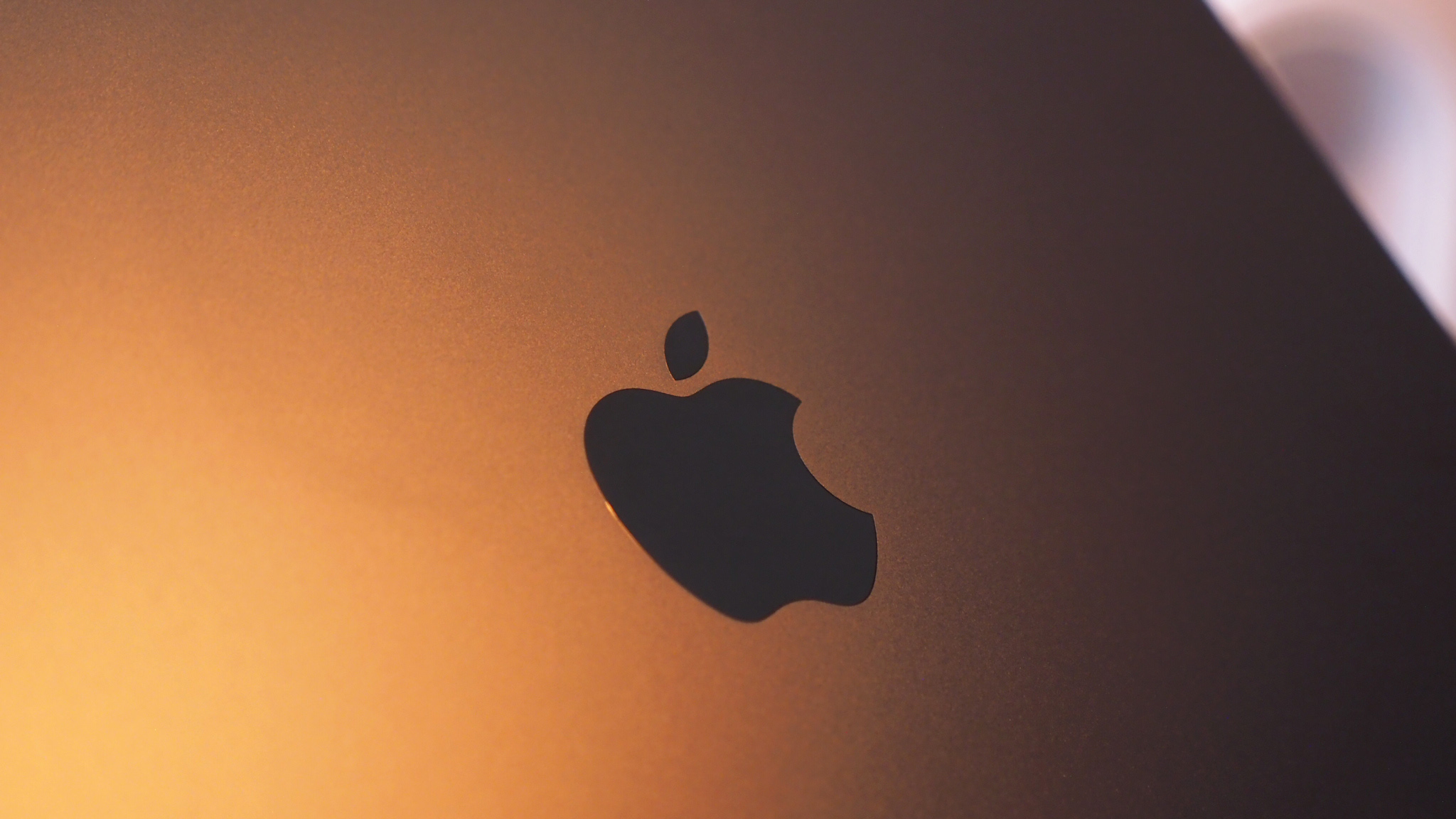
When the previous MacBook Air launched it was a major step change for the series, with a new 13.6-inch display (complete with notch), smaller size and weight, upgraded webcam, improved features, and new colour options. All of which was most welcome.
The M3 MacBook Air maintains all of the above, just said features obviously aren't new this time. Indeed, the only notable differences are the introduction of the M3 chip for greater compute power, with additional features as a result – it can now handle up to two 5K monitors, for example, and there's Wi-Fi 6E (not just 'plain' 6) for faster connectivity – and increased SSD read/write speeds. That's your lot though.
Get all the latest news, reviews, deals and buying guides on gorgeous tech, home and active products from the T3 experts
MacBook Air M3 review: Display & Sound

Therefore much of this review will echo my feelings about the previous MacBook Air. But that's all positive, really, as that 5-star laptop just got so much right. That the M3 is actually cheaper in a like-for-like sales cycle, only sets it up as an even better position.
This review is for the 13-inch MacBook Air, but there's also the newer 15-inch option available too (replacing the 15-inch MacBook Air from 2023). The two are similar, but I'd suggest opting for the smaller screen version if you want something that's more portable and a little more cost-effective overall (oddly the smaller model also has the better battery life, based on my tests).
Speaking of screens, the 13.6-inch panel here is a mite smaller and less brighter than the 14-inch MacBook Pro's equivalent, but it's still a great panel that delivers a punchy-enough 500 nits of brightness – which is ample for indoor or outside use, whatever the sun is doing.
There is a semi-negative first impression though: the notch, top at centre, is the black-out area where the webcam and sensors live. It's less elegant than a full panel, sure, but just as I said of the previous notch-donning model, you'll quickly stop noticing it's there. Indeed, many apps 'hide' it by adding a virtual black-out bar across the screen's width, and as this is a rich and contrasty LCD panel it's effective (surprisingly so, almost to OLED 'deep black' levels).

It's also worth pointing out that the Air continues to use a 60Hz panel (called 'Liquid Retina' in Apple marketing speak for the LCD panel), not the double-fast refresh of the MacBook Pro's 120Hz panel (known as 'Liquid Retina XDR', as the step up technology – which is Mini LED-backlit). That's no deal-breaker, though, as I've been watching super-fluid YouTube videos and remained very impressed with the slick visuals.
I think Apple has beautifully balanced the proposition of the Air's display: it's bright, resolute, contrasty and colourful – all without infringing upon the MacBook Pro's step-up position in the product pyramid. But I've never felt as though the Air's screen is lacking in any way, it's just a very well-appointed panel at this level.
Also in this review section I must discuss the speaker setup. Again, it's an echo of the previous model, which was an absolutely storming deployment of a then-new four-speaker arrangement. It sounds deliciously wide and three-dimensional in output. The 13-inch model doesn't quite reach the sonic spectacularity of the 15-inch model, but with Apple Spatial Audio and Dolby Atmos support even without donning a pair of the best headphones everything sounds mighty impressive for a laptop's output.
MacBook Air M3 review: Performance & Spec

The MacBook Air M3 I have on review is actually the top-spec off-the-shelf model in the line-up of three. At the entry point it features the 8-core CPU and 8-core GPU. Bump it up a level and the GPU increases to 10-core (which is its maximum in graphics terms). The next step doubles the memory from 8GB to 16GB and is the final off-the-shelf upgrade you can take.
However, if you're feeling extra rich and demanding then there's even more customisation: the memory can be pushed to 24GB total, while the SSD can expand to a massive 2TB. The price will also expand quickly so my thinking is you may wish to consider a MacBook Pro by that point. For most people the entry point will be more than sufficient, but customisation is great to have for those who need it.
The 2024 Air brings a welcome boost in capability, and while the on-paper figures from my benchmark tests show an effective 43% boost (that's multi-core, comparing M1 to M3), it's the everyday use where its effectiveness can be most felt. I've been able to achieve many MacBook Pro-level tasks, such is the nature of the M3 chip, from video editing to large Photoshop file handling.
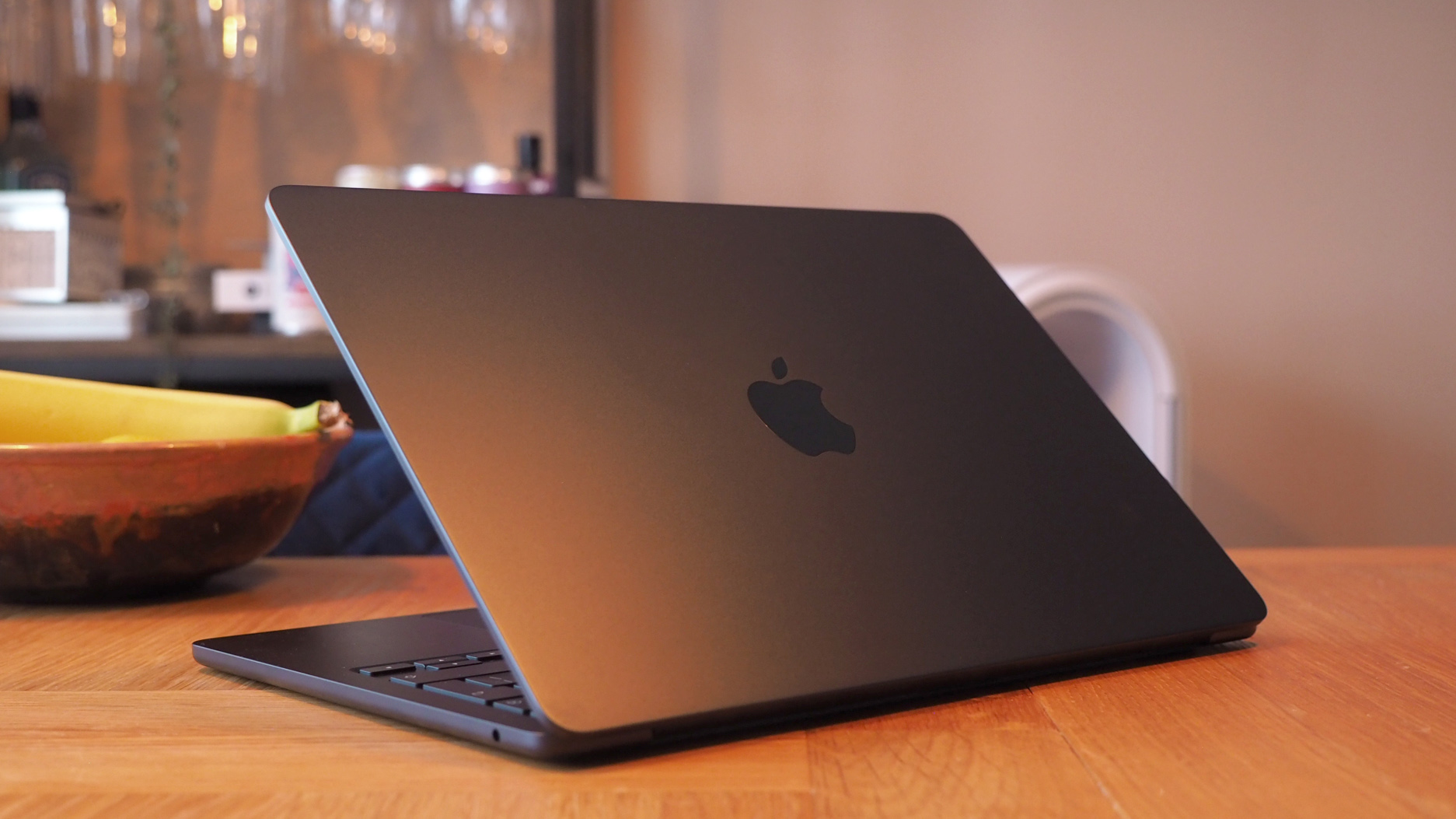
But let's be clear: the M3 in this fanless setup, while wonderful for its silent nature, has to be throttled compared to the fan-cooled system of the Pro. Therefore, while the Air is powerful, it's a step below the Pro in capability. I've noticed some heat as a result, as this can run to significant internal temperatures, but it's dissipated well enough to not become bothersome for on-the-go working scenarios.
Anyway, just how much better is the M3 compared to the M2? I ran Geekbench 5 tests to get the raw numbers and the M3 MacBook Air landed a 2370 single-core and 10,810 multi-core score (compared to 1880 and 8535, so around a 26% boost this generation). If graphics power is more your want then the M3 Air's score of 34,000 (Apple Metal) and 32,000 (OpenCL) is marginally increased over the previous M2 model.
MacBook Air M3 review: Battery Life & Charger
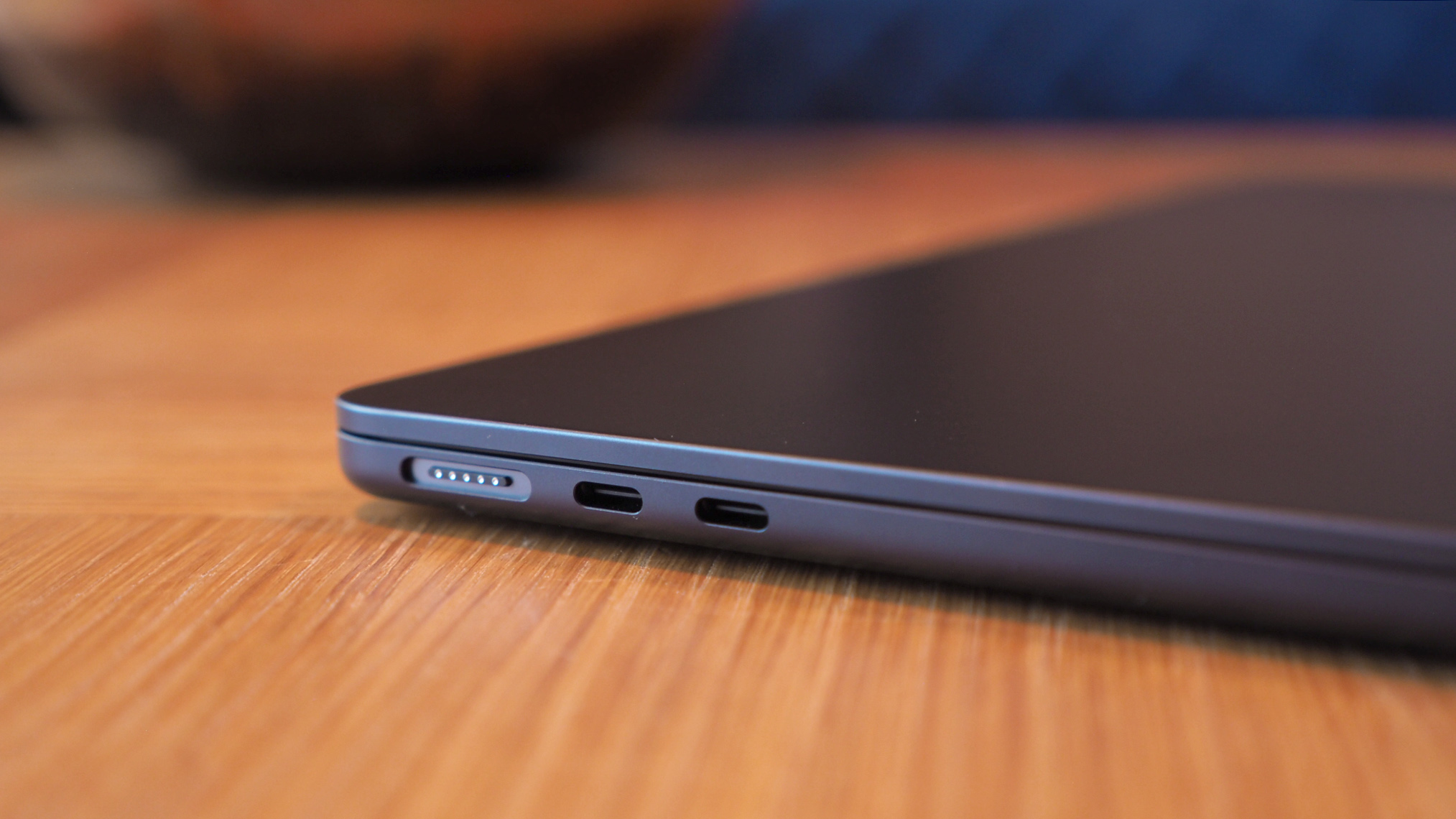
When Apple introduced the notched screen design to MacBook Air in 2022, it also added MagSafe charging rather than USB-C. That port is in addition to two USB-C ports, though, and with a 35W charger in the box you can use one, other or both for charging. A 70W charger is compatible for speedier top-ups, but you'll need to buy the separately.
I like how the MagSafe charging cable is colour-matched to the finish of the MacBook Air you choose, so the Midnight option comes with a nice dark cable. Shame the wall power block is shamelessly white still though, it'd be great to have end-to-end visual consistency, small a nitpick as that is. The cable does tangle up around itself a bit too readily I've found, but in theory it'll be tough for long-term use.
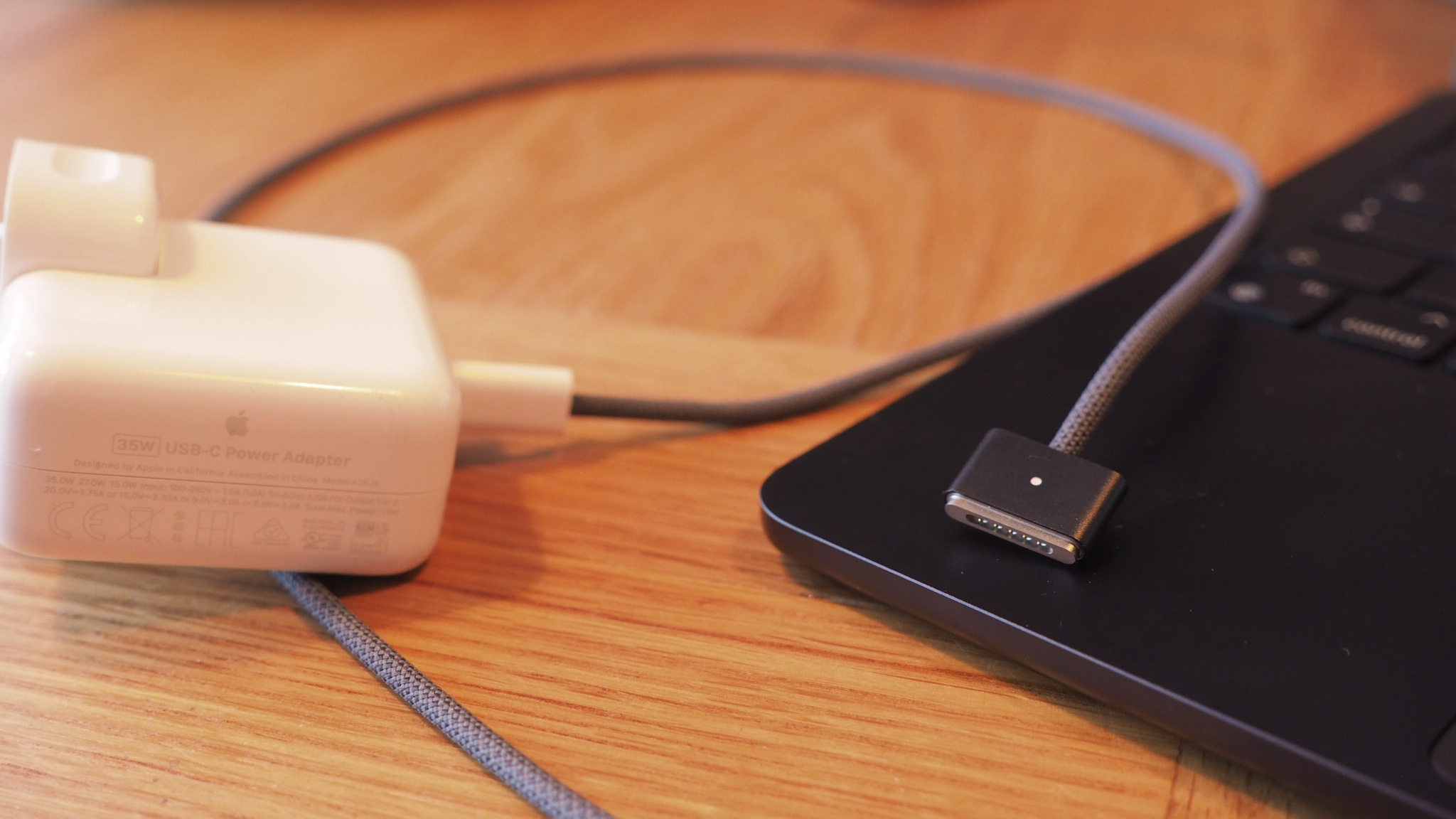
Battery life is impressive too. I set a battery test by streaming a YouTube video over Wi-Fi, screen set to maximum brightness and sound to half output, and it was dropping at 10% per hour. You could watch Netflix happily for 10 hours, therefore, or increase that by dipping the brightness output.
For day-to-day work the battery life is even better, with an hour-long train journey of web browsing and typing parts of this review only affecting the battery life to around 7% and suggesting that real-world life is in the region of 13 hours in the way I use this laptop. That's marginally down generation on generation, but it's still a very decent innings indeed.
Sure, if you need to crank things up for processing, gaming and the like then you're going to cut the M3 Air's battery life down to maybe 4 hours only. But I like how this machine can cope with intense tasks for short periods and then happily settle down to still deliver a full desk day of work without really compromising.
MacBook Air 13-inch M3 review: Verdict
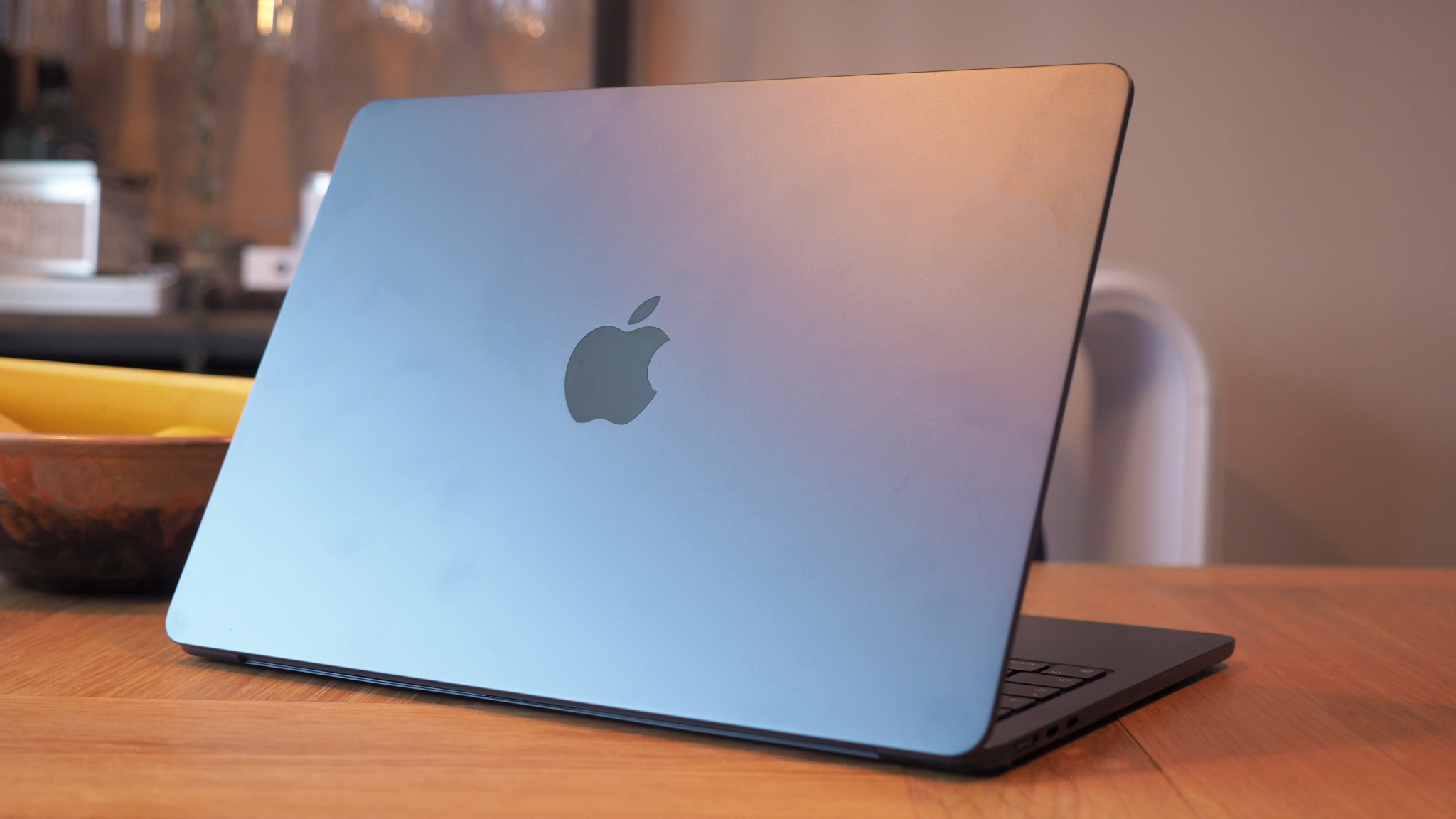
The redesign of the MacBook Air was a major revelation. Adding Apple's M3 silicon into that mix gives this laptop even more life. And cutting the effective price generation on generation makes it even more appealing for those seeking a portable 13-inch laptop.
There are nitpicks, such as the screen notch not being a perfect solution, intensive tasks causing some heat, but nothing major. It's also important to understand that the M3 in the fanless Air form isn't as powerful as from the step-up MacBook Pro's solution.
Overall, I still think the MacBook Air is the best laptop in the world for most people and this 2024 edition with M3 continues to prove that. It's silent, it's powerful, it's long-lasting and it's ultimately hard to fault.
Also consider
As the design is one and the same, picking the older M2 MacBook Air will save you some extra cash if you can cope with the lesser compute power, a slower SSD write speed, and Wi-Fi 6 (rather than 6E). It's still a great buy though.
If you need more power again, however, then the pricier MacBook Pro 14-inch is likely your most sensible solution.
Or if you want a larger-screen solution then the 15-inch MacBook Air is the way to go, although as I've found in tests its battery life is actually worse than the 13-inch version!
Or go all-in and it's the 16-inch MacBook Pro that's top of the stack for size, power (and price!).

Mike is T3's Tech Editor. He's been writing about consumer technology for 15 years and his beat covers phones – of which he's seen hundreds of handsets over the years – laptops, gaming, TV & audio, and more. There's little consumer tech he's not had a hand at trying, and with extensive commissioning and editing experience, he knows the industry inside out. As the former Reviews Editor at Pocket-lint for 10 years where he furthered his knowledge and expertise, whilst writing about literally thousands of products, he's also provided work for publications such as Wired, The Guardian, Metro, and more.
